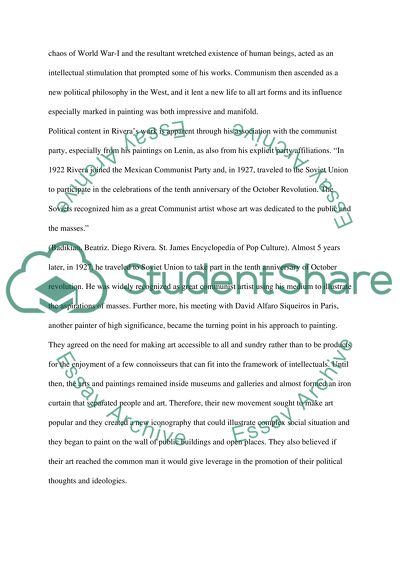Cite this document
(Reflection of Politics and Social Criticism in Arts Coursework, n.d.)
Reflection of Politics and Social Criticism in Arts Coursework. Retrieved from https://studentshare.org/visual-arts-film-studies/1539402-examine-the-work-of-any-three-twentieth-century-artists-who-have-sought-a-political-role-in-their-art
Reflection of Politics and Social Criticism in Arts Coursework. Retrieved from https://studentshare.org/visual-arts-film-studies/1539402-examine-the-work-of-any-three-twentieth-century-artists-who-have-sought-a-political-role-in-their-art
(Reflection of Politics and Social Criticism in Arts Coursework)
Reflection of Politics and Social Criticism in Arts Coursework. https://studentshare.org/visual-arts-film-studies/1539402-examine-the-work-of-any-three-twentieth-century-artists-who-have-sought-a-political-role-in-their-art.
Reflection of Politics and Social Criticism in Arts Coursework. https://studentshare.org/visual-arts-film-studies/1539402-examine-the-work-of-any-three-twentieth-century-artists-who-have-sought-a-political-role-in-their-art.
“Reflection of Politics and Social Criticism in Arts Coursework”. https://studentshare.org/visual-arts-film-studies/1539402-examine-the-work-of-any-three-twentieth-century-artists-who-have-sought-a-political-role-in-their-art.


